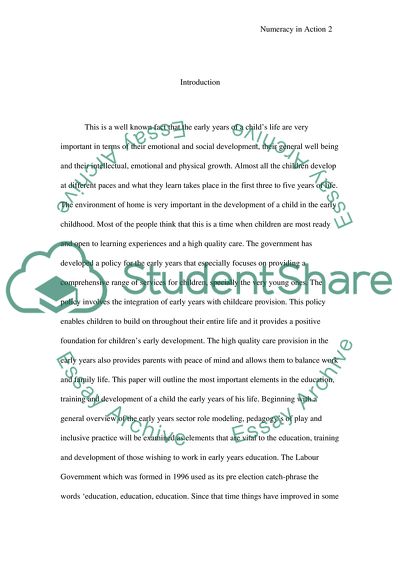Cite this document
(Child the Early Years of His Life Essay Example | Topics and Well Written Essays - 2500 words, n.d.)
Child the Early Years of His Life Essay Example | Topics and Well Written Essays - 2500 words. Retrieved from https://studentshare.org/sociology/1731735-numeracy-in-action
Child the Early Years of His Life Essay Example | Topics and Well Written Essays - 2500 words. Retrieved from https://studentshare.org/sociology/1731735-numeracy-in-action
(Child the Early Years of His Life Essay Example | Topics and Well Written Essays - 2500 Words)
Child the Early Years of His Life Essay Example | Topics and Well Written Essays - 2500 Words. https://studentshare.org/sociology/1731735-numeracy-in-action.
Child the Early Years of His Life Essay Example | Topics and Well Written Essays - 2500 Words. https://studentshare.org/sociology/1731735-numeracy-in-action.
“Child the Early Years of His Life Essay Example | Topics and Well Written Essays - 2500 Words”, n.d. https://studentshare.org/sociology/1731735-numeracy-in-action.


